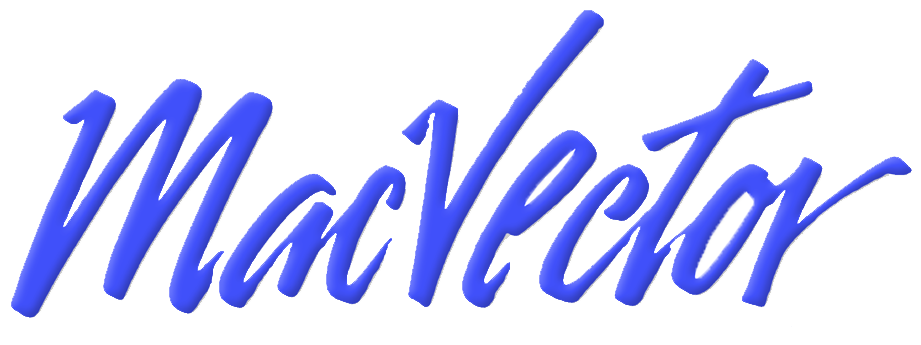Author: Chris
-
Selecting sequence residues in the Map tab
The Map tab is very flexible and allows you to do almost all of the sequence manipulations you might need, without switching tabs. In addition to selecting segments of a sequence by clicking on Restriction Enzyme sites or Features, you can also directly select sequence even when the residues are not visible and represented by…
-
ASM Microbe 2016
The MacVector team will be in Boston next week (16-20 June) for ASM Microbe 2016. We’re looking forward to visiting Boston again. It’s a great city. We’re on booth 441. Please do drop by and say hello. We’ll be able to show you the upcoming release of MacVector 15 and MacVector for Windows. There’ll probably…
-
Testing pairs of primers
Quite a few versions back MacVector used to have an old, but well loved, Test PCR Primer Pairs algorithm. Its interface was clunky and it did not take into account modern algorithms for calculating Tm. However, the results were useful. If you liked this tool then you will be pleased to know that the functionality…
-
Creating a custom set of restriction enzymes containing just the enzymes in your freezer drawer.
MacVector has multiple tools for displaying restriction enzymes sites in your sequence. All of these tools use Restriction Enzyme files. These are a set of files, updated regularly from the REBASE database, grouped according to reagent supplier. Whereas the default file is “Common Enzymes” if you only purchase enzymes from NEB, then you can choose…
-
Print Agarose Gel images with black bands on a white background
The new simulated agarose gel function in MacVector 14.5 creates photorealistic agarose gels that look just like the real thing. However, if you want to print a record of a gel on a laser printer, the standard white bands on a grey background are not always ideal, if for no other reason than it uses…
-
Creating cloning construction flowcharts in third party applications
We’ve previously discussed how every ligation is documented. You get a Frag annotation that contains the date, source sequence, enzymes used and any end modification that was done to that fragment during the ligation. However, we had regular requests to make it easier for users to document their constructs in other ways. For example, being…
-
You can automatically use the Free version of MacVector if your serial number is in use
Starting with MacVector 14.5.1, if your serial number is in use, or if all the KeyServer licenses are in use, you will get a message like this when you start MacVector. If you click on the Continue using Free version button, you still have a surprising amount of functionality. You can open, print and save…
-
Clearing the history in the Primer and Find dialogs
Many tools in MacVector store a history of sequences, or search terms, that you have previously used. For example, the Find dialog and Primer Design tools. This is accessed using a drop down menu to the right of the box where you would normally type, or paste, your sequence. This is to allow easy access…
-
Controlling the realism of Agarose Gels
The default settings for the agarose gel display in MacVector generate a reasonable photorealistic simulation of an agarose gel. We have actually boosted the intensity of small bands quite significantly, and reduced their diffusion so that smaller bands show up a little more obviously and crisply than they might in real life. Even so, you…
-
A few tips on working with digested fragments in the Cloning Clipboard
The Cloning Clipboard is an easy, and flexible, way to design and document your cloning strategies. Here’s two tips on manipulating a single fragment.
